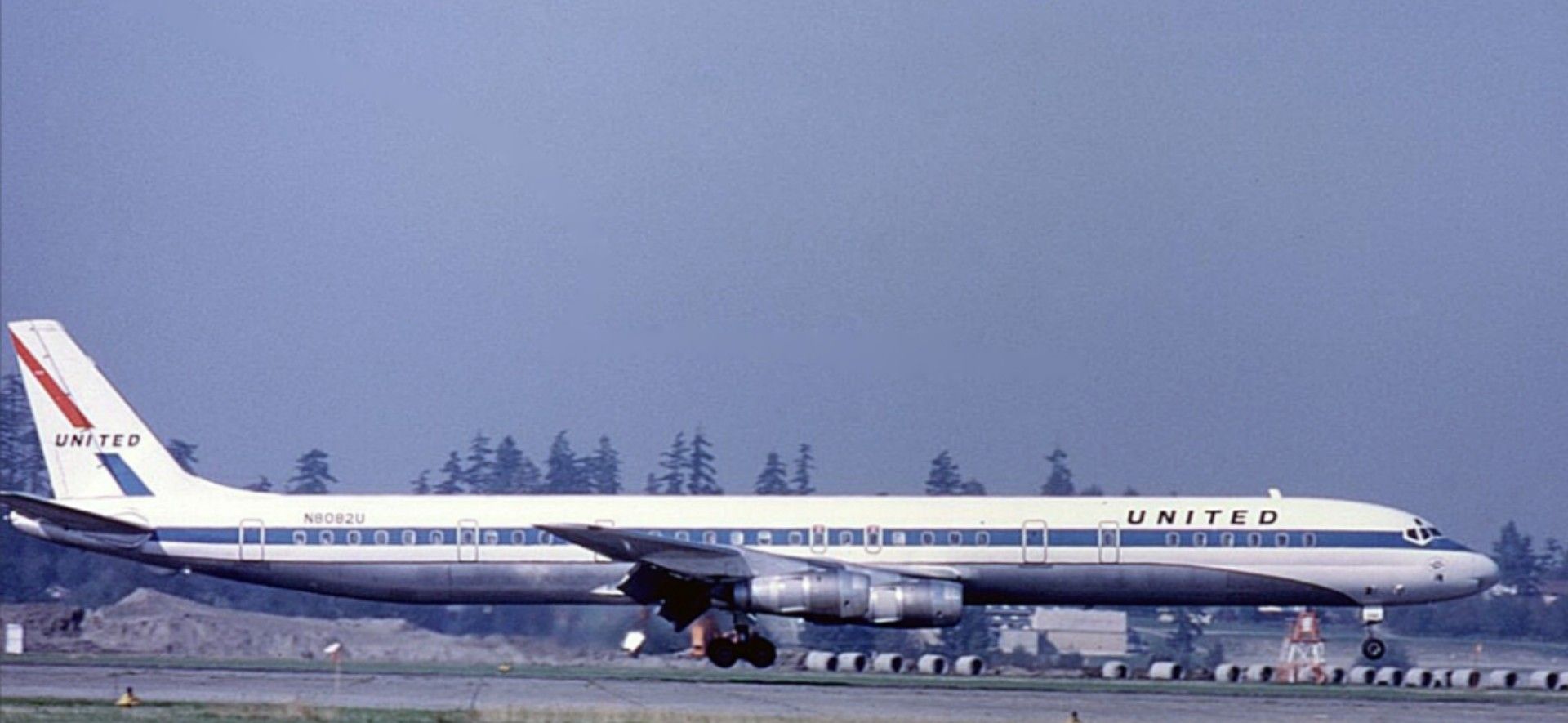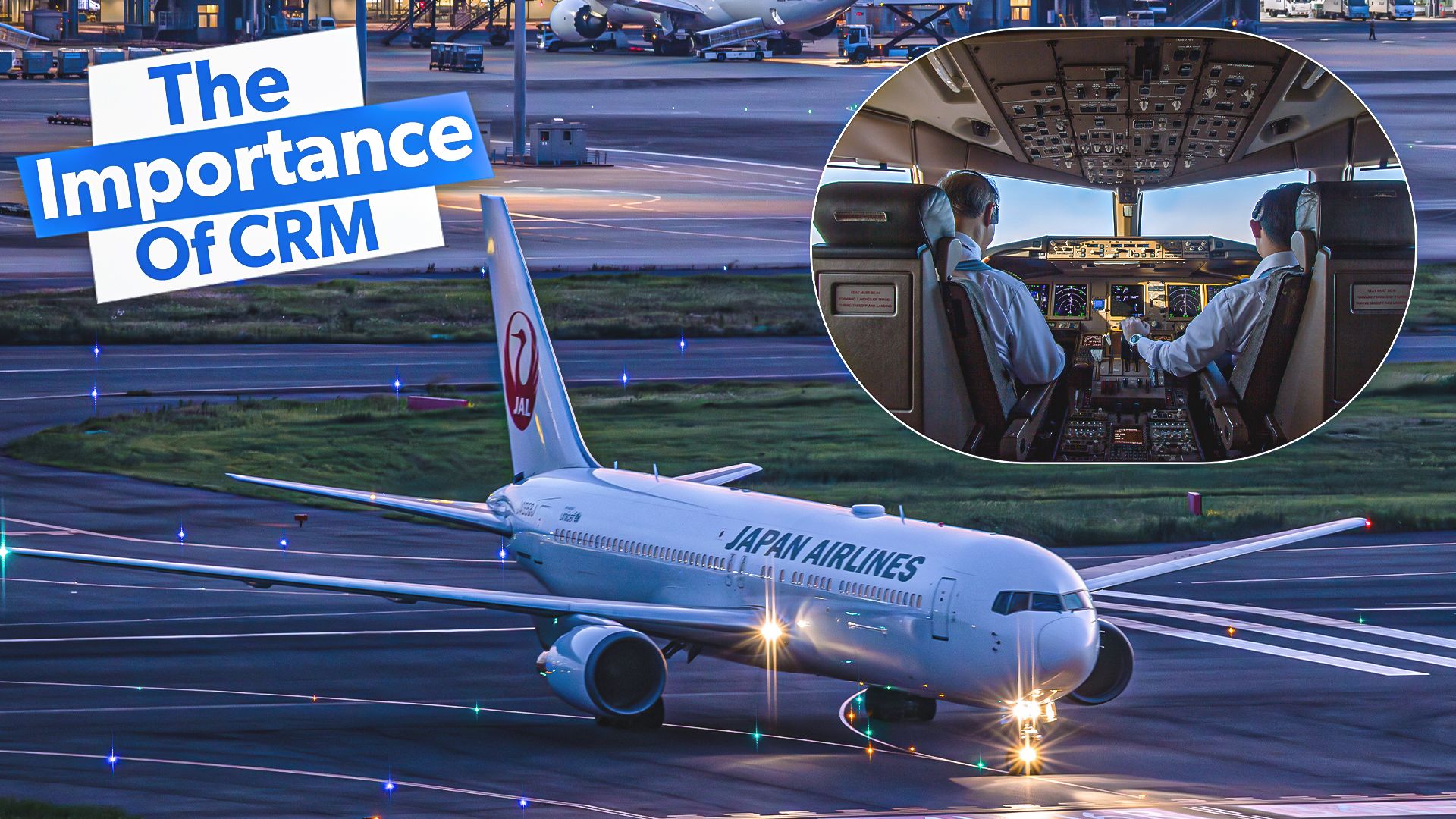Summary
- CRM originated from the United 173 crash in 1978, which highlighted the importance of addressing human factors in flight deck decision-making.
- CRM ensures the equal value of each member’s voice in dynamic flight situations to increase situational awareness and safety.
- It involves the entire crew, including flight attendants, dispatchers, and other aviation members, reflecting its widespread use in the industry.
An important element of airline operations is the ability for any two qualified pilots to fly together. It’s of particular importance to have a strong understanding of one’s duties and responsibilities in a work environment where colleagues are not familiar with each other. Crew resource management is the underpinning of how pilots go about their jobs as they work as members of a team to deliver safe and on-time airline operations.
CRM history
The origins of crew resource management as we know it are rooted in the crash of United Flight 173 in 1978. The crew of a DC-8 lost track of their fuel state while troubleshooting a landing gear light, which turned out to be nothing more than a burnt-out bulb. Although the first officer and flight engineer attempted to voice concerns about the plane’s low fuel as it circled in the skies above Portland, Oregon, the captain did not clearly understand the message and the flight crashed. Ten people lost their lives as a result of the accident.
The crash of United 173, and so many others like it in the adjacent years, served as a wake-up call to airline management and safety inspectors alike. While technology and heightened engineering capabilities were making planes safer compared to previous generations, airlines were still experiencing an unacceptably high number of incidents and accidents resulting from pilot mismanagement. United Airlines, the FAA, and NTSB developed a team of experts to address this problem. Led by psychologists Robert Blake and Jane Mouton, CRM was first developed in 1981 to remedy the human factors that led to unhelpful (and frankly unsafe) power gradients that had become commonplace in flight decks worldwide.

Related
The Various Factors That Downed United Airlines Flight 173 On This Day In 1978
Because the aircraft had no fuel, the plane never caught fire after the crash.
A leading tenet of CRM from its outset in the early 1980s was to create environments where each member’s voice is of equal value. Though the experience between pilots might differ significantly, a person’s perspectives and observations during a flight need to be equally considered since every flight is different and dynamic. Too often, captains did not believe their colleague’s opinions were as important as their own which led to deficient situational awareness. You can usually get away with this type of complacence on a typical day, but dynamic situations require the highest levels of alertness and openness to all available information. CRM allows the captain to maintain the legal command of the flight (and ultimately have the final say) while opening avenues for dialogue and discussion with all relevant parties.
Contributors to CRM
Crew resource management is focused on the flight deck. However, CRM also encompasses the entire crew. Flight attendants often play a considerable role in CRM practices and are used as resources for gathering or distributing information whenever the situation dictates. Airlines train pilots on how to advise their cabin crew of what is happening and what their responsibilities are during emergencies. Crucial to this information chain is ensuring the sender and receiver share the same information.
As part of the CRM process, many airlines mandate that flight attendants repeat the most important bits of information during abnormal procedures to ensure everyone is on the same page. CRM teaches that few things are worthy of immediate and decisive action. Fire, smoke, and depressurization round out the list. With any other emergency, time is made to address what is happening and communicate with the entire team.

Related
How Has Pilot Training Changed Over The Years?
Pilot training has evolved to incorporate both technology and teamwork.
Dispatchers are another element of the CRM process. For example, a diversion usually unfolds over time and is a decision the pilots make in coordination with their dispatcher. The dispatch team has advanced information and can see the bigger picture from the ground. Thus, dispatchers often have better information about where a flight should divert to. Very rarely will pilots divert without consulting dispatch. Other members of the CRM team include (but aren’t limited to) air traffic controllers, gate agents, customer service agents, the duty pilot, and maintenance.
CRM and the industry
One of the most outstanding aspects of modern CRM is its ubiquity across the aviation industry. Although CRM started as a solution for airlines, it’s now used by a much wider subscription of aviators as it nears 50 years as part of the industry. Most new pilots are taught about CRM as part of initial flight training, particularly students who are members of professional flight academies on track to join the airlines.
As a testament to the level of commitment to CRM throughout the industry, multiple aviation regulators allow new students to be certified in a multi-crew licensing environment, also known as an MPL programs. For these pilots, learning to fly and communicate as a team is ingrained in every element of training. Pilots with multi-crew licenses are exclusively on a track to be airline professionals. These kinds of programs are endorsements of CRM from regulators and airlines alike. CRM is so important that it is an integral part of a pilot’s entire training program. Consequently, the good habits and communication styles implicit in CRM are learned as primacy.
CRM: A game changer
Among the many innovations that have made flying safer over the last half-century, CRM ranks among the most impactful. Pilots of every experience level and many others associated with aviation have associated CRM with the industry for as long as they’ve been part of it. Crew resource management allows aviators of all backgrounds to work seamlessly, and helps keep planes and passengers flying safely.

